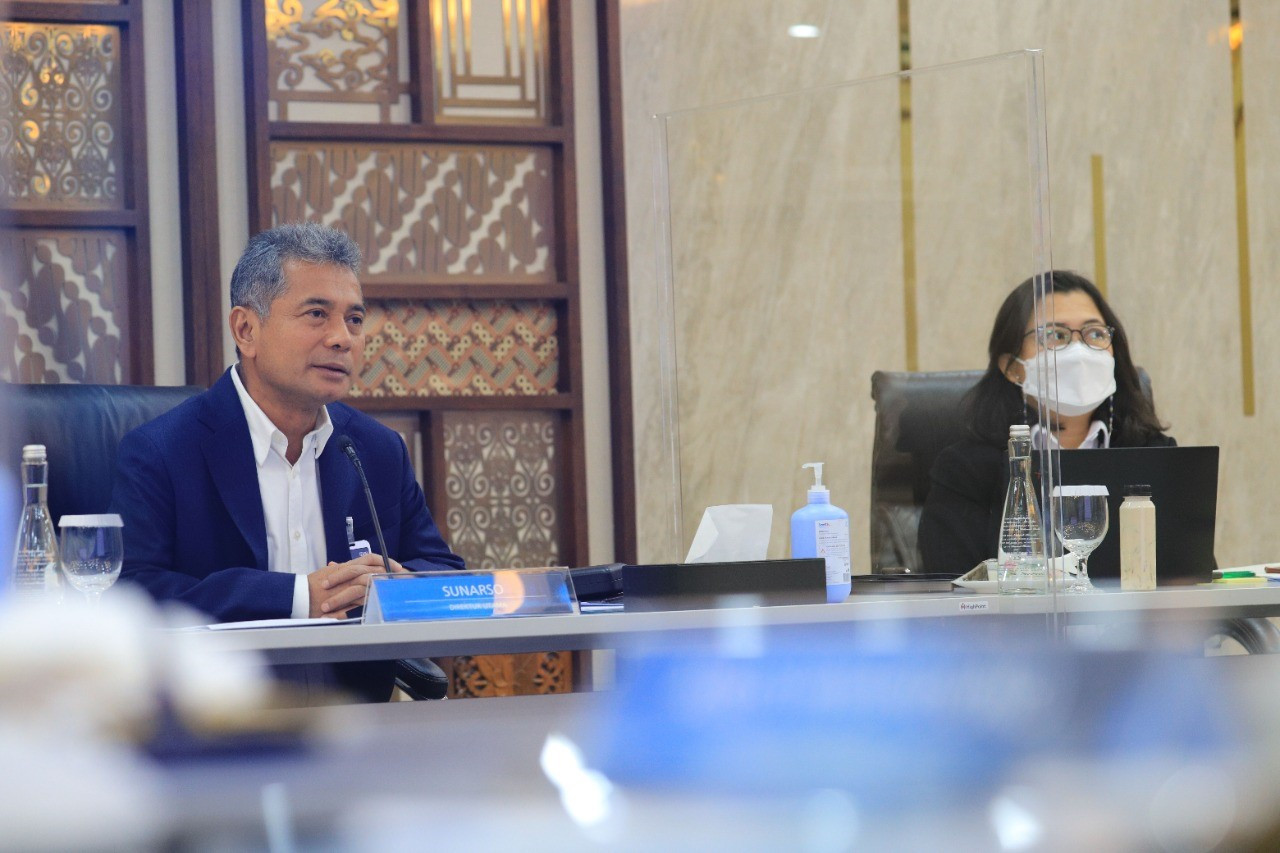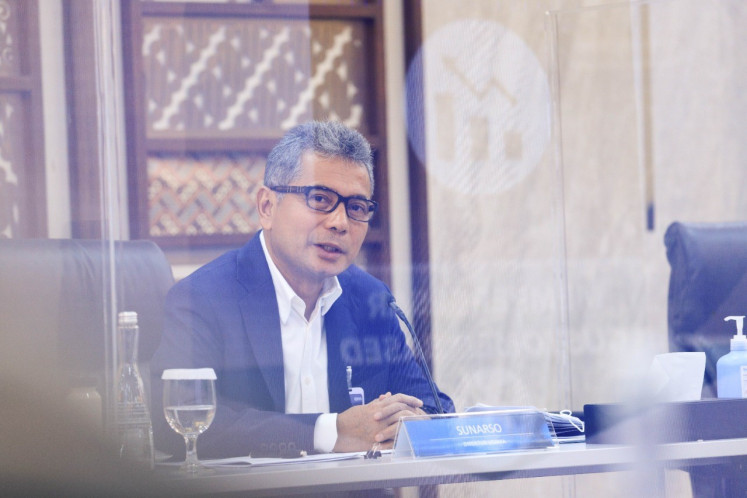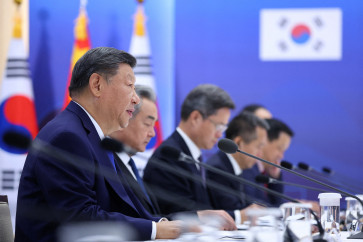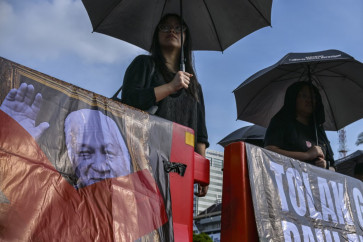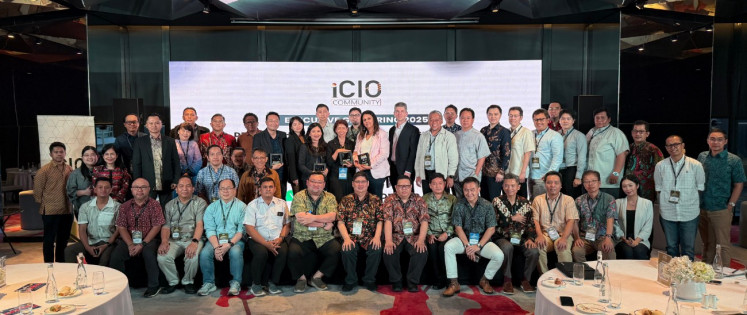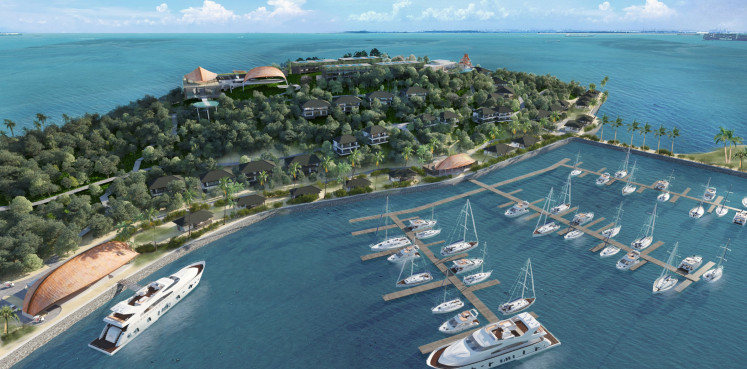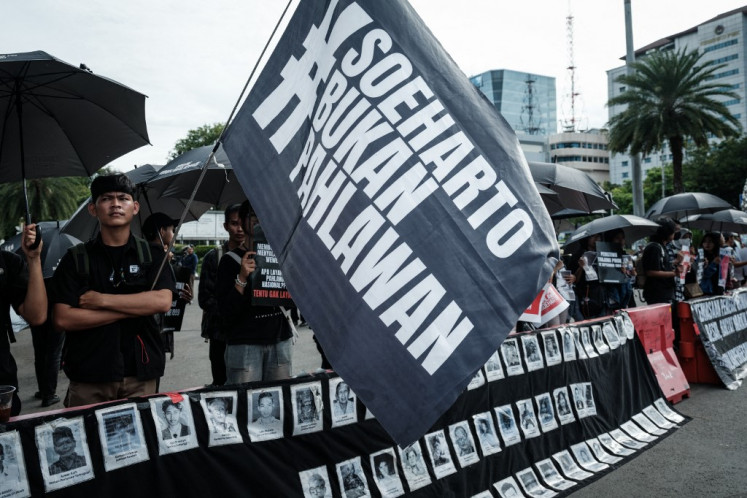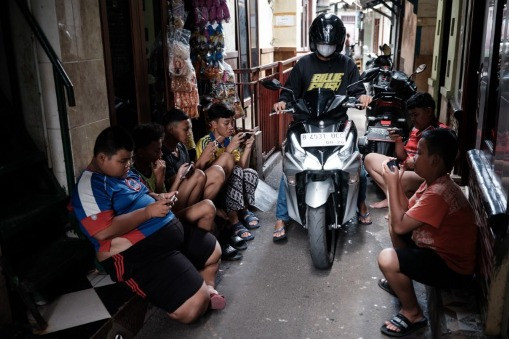Popular Reads
Top Results
Can't find what you're looking for?
View all search resultsPopular Reads
Top Results
Can't find what you're looking for?
View all search resultsBRI champions MSME loans amid increase in profit
PT. Bank Rakyat Indonesia (Persero) Tbk. announced that its loan disbursement amounted to Rp 1.026 quadrillion (US$72.23 billion) at the end of September, which is a 9.74 percent increase year-on-year (yoy).
Change text size
Gift Premium Articles
to Anyone
P
T. Bank Rakyat Indonesia (Persero) Tbk. announced that its loan disbursement amounted to Rp 1.026 quadrillion (US$72.23 billion) at the end of September, which is a 9.74 percent increase year-on-year (yoy). This echoes BRI’s strong performance as it closes the third quarter of 2021.
“The very significant increase in MSME [micro, small and medium enterprises] lending in the third quarter of 2021 cannot be separated from the formation of the ultra-micro holding cooperation with [state pawnshop] Pegadaian and [state financing firm] PNM [PT Permodalan Nasional Madani],” BRI president director Sunarso said in a press conference.
He also credited the recovery of economic conditions from the pandemic.
The significant increase in MSME lending, referred by Sunarso as the main contributor of BRI’s driving force, grew 12.5 percent to reach Rp 848.60 trillion at the end of the third quarter. This achievement increased the proportion of aforementioned loans to BRI's total loans from 80.65 percent at the end of September 2020 to 82.67 percent at the end of September this year.
Moreover, the bank also successfully maintained the quality of loans disbursed, locking in its non-performing loans (NPL) ratio at 3.28 percent, with NPL coverage reaching 252.94 percent, recorded at the end of September.
Another sign of economic recovery can be seen in BRI’s liabilities. Its third-party funds grew to Rp 1.13 quadrillion, mostly dominated by savings accounts. Furthermore, BRI’s low-cost funds (CASA) also increased from 59.02 percent in September last year to 59.60 percent this year.
. (Courtesy of BRI/.)As the bank’s cost of funds (COF) declined, its assets continued to grow. By the end of the third quarter, BRI's assets reached Rp 1.61 quadrillion, while its profit saw a 34.74 percent increase to Rp 19.07 trillion.
“This is the fruit of BRI's strategy, which continues to emphasize sustainability and reserves at a time when economic conditions have not fully recovered due to the pandemic,” Sunarso said.
The impact of the pandemic, however, can clearly be seen through the results of the MSME Business Index. Previously known as the BRI Micro & SME Index (BMSI), it is the first index to record the condition of MSMEs on a regular basis in the country.
The results of the MSME Business Activity Survey in the third quarter of 2021 showed a decline from the previous quarter as a result of the second wave of the pandemic and mobility restrictions.
If the loans were anything to go by, MSMEs are ready to come back as the government starts to ease restrictions and Indonesia nears the end of the pandemic. While the sector was greatly affected by the coronavirus, only 20 percent of MSMEs have stopped operating, with the remaining staying afloat amid the challenging conditions.

